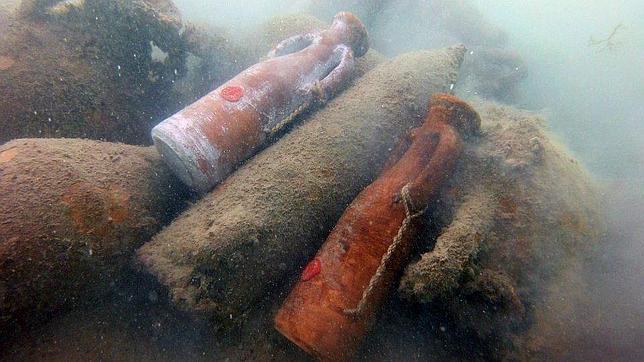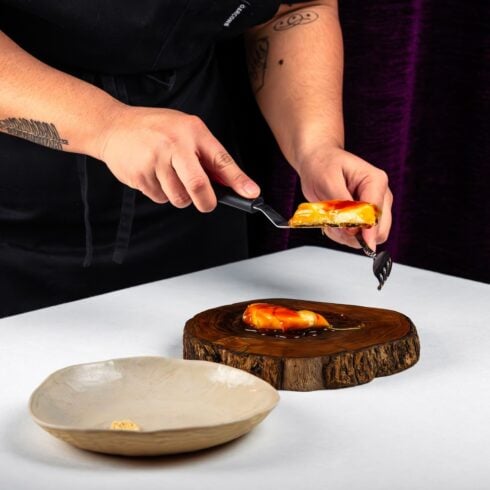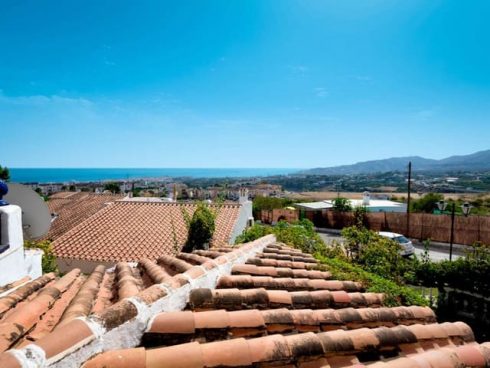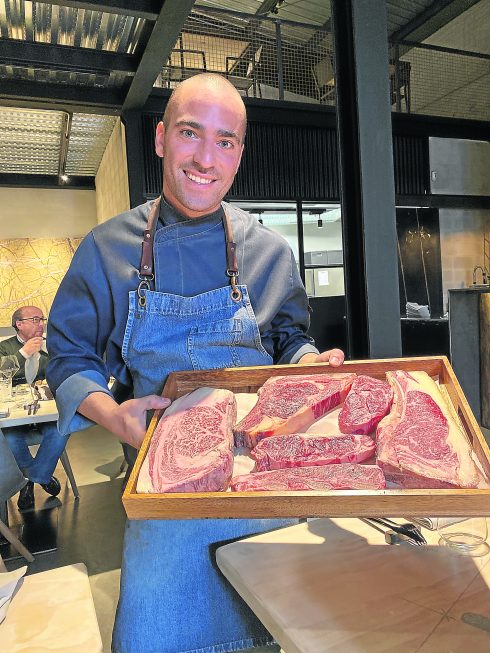THE Mediterranean is the cradle of underwater wineries and Spain is without a doubt a pioneer in the unique ageing process.
Traditionally, ageing wine requires cellars that are underground, silent, dark and with constantly cool temperatures.
However, wines discovered in shipwrecks, often hundreds of years old, have been found to be very well preserved, challenging the traditional concept of wine ageing.
Some producers argue that storing the bottle on a seabed rather than in a cellar offers the prime conditions in which to age wine successfully, bestowing additional organic qualities.
More than a decade has gone by since the first underwater winery and artificial reef in the world, Crusoe Treasure, was founded by two Spanish entrepreneurs.
One of the most important characteristics of an underwater cellar is its respect for the environment, the ageing of the wine under the sea does not harm marine waters or sealife.
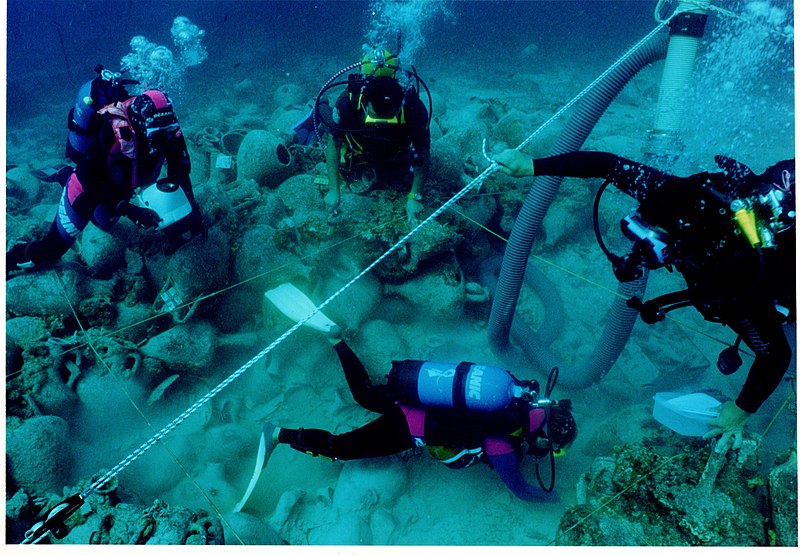
The conditions offered by the sea for optimal wine ageing are: water pressure and temperature, which are relatively constant, salinity, the movement of the sea and the absence of noise and light.
The wine under the sea evolves slowly, offering secondary and tertiary aromas that predominate over the primary ones, resulting in young and fresh wines with different notes, intense flavours and a mineral ‘bouquet.’
Wines aged in underwater cellars present rounded and smooth flavours, with greater aromatic and chromatic intensity.
Wineries in Spain which submerge bottles underwater offer a unique opportunity to enjoy wine tourism, with boat trips or diving followed by some delightful wine tasting. Below are five definitely worth a visit this year.
READ MORE:
- A dive into the dark cellars of Andalucia’s oldest bodega where eight generations of a family dynasty have cultivated the prestigious wines of DO Montilla-Moriles
- Three of Spain’s cities chosen as ‘most beautiful in the world’
Bodegas Luis Perez, Jerez de la Frontera (Cadiz)
Their Garum Submarino is the first underwater wine made in Andalucia, aged under the waters of the Atlantic.
It is a wine from French and American oak barrels.
After bottling, the Garum Submarino is placed in 50 amphorae, at a depth of 12 metres and a constant temperature of 14C, for one year.
The amphoras, which are completely sealed, collect all the usual sediments from the seabed.
Garum Submarino is characterised by its intense garnet colour. The aroma has hints of blackberries, redcurrants, nutmeg, black pepper and chocolate.
A powerful and silky wine, it has a refreshing and intense finish due to the low acidity of the ‘tintilla,’ the native grape used to make it.
Crusoe Treasure, Plentzia Bay (Bilbao)
With over 10 years of experience, Crusoe Treasure is the first artificial underwater reef winery in the world, founded by two Basque entrepreneurs.
The production of their wines, submerged at a depth of 15 metres, reaches 20,000 bottles per year, with an average price of €85.
The winery receives visitors from all over the world who want to learn about the unique ageing process, taste its magnificent tipples and admire the spectacular landscapes of Plentzia Bay on board the ship Crusoe Treasure.
Raul Perez Winery and Vineyards, Ria de Arousa (Pontevedra)
This Galician winery also uses the sea to age one of its wines, called Sketch.
This wine is made from vines in the area of Meaño, using the ‘Burgundian system’ and in 750-litre barrels.
The €40 bottled wine is immersed at a depth of 19 metres in metal cages to complete the ageing process.
Viña Maris Underwater Winery, Calpe (Alicante)
This winery annually submerges 10,000 bottles into the sea in steel cages, before later selling them for around €50 a pop.
The Alicante winery offers underwater excursions where experienced divers will take tourists to where the bottles are kept, 30 metres below sea level.
The tour then ends with the opportunity to taste the wines on the boat itself, perfectly paired with Valencia’s best gastronomic offerings.
Bodega Palmera Castro and Magan, Vinos Tendal, La Palma (Canary Islands)
This winery is located in the caves of the Montaña de Bellido, while its underwater caverns are in the open sea, on the western coast of La Palma.
It produces 90,000 under water wine bottles annually, with an average price of €85 at retail.
The winery, together with the diving club La Cueva Bonita, offers the possibility to dive to the area where the bottles are located.
READ MORE:
- Six wine-growing regions in Spain to enjoy the grape harvest this autumn
- How Spain’s Valencia region has become a coastal paradise for wine lovers
- Meet the women winemakers making a name for themselves in the Spanish wine world
Click here to read more Olive Press Travel News from The Olive Press.

